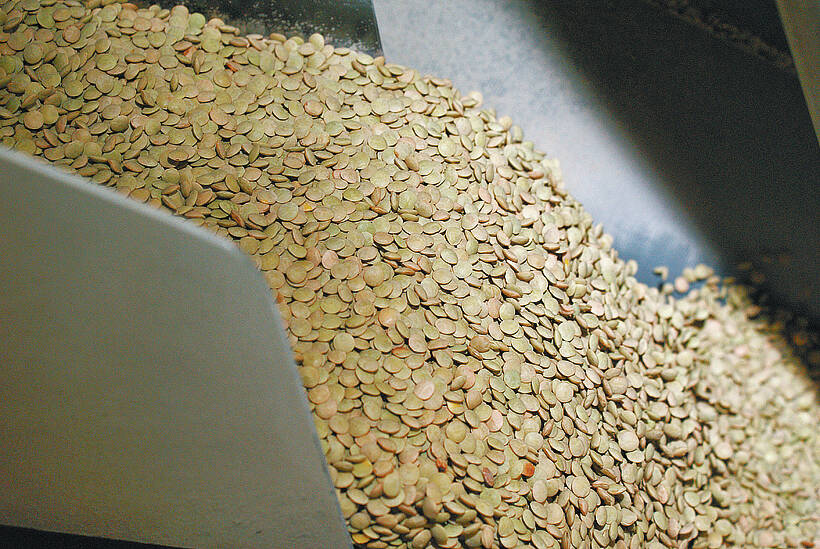New standards for farms
On the banks of the Ottawa River an E.B. Eddy paper plant, old red brick blackened by soot, speaks of the capital’s industrial past.
It still operates and its relevance to the late 20th century is underlined by a sign proudly displayed at the entrance announcing that it is ISO-compliant.
That means it is among the thousands of companies that have met certain quality standards under the International Organization for Standardization.
Soon the concept will be applied to agriculture.
Read Also

Green lentil market oversupplied
Farmers in Western Canada can expect price pressure on their new crop of green lentils, as the available supplies among the world’s major lentil-growing nations increase significantly.
At a hotel a short distance from that E.B Eddy plant, a conference on risk management in agriculture heard a presentation from Douglas Powell, of the department of food science at the University of Guelph, that helped explain why.
He said food safety issues will become more prominent in the developed world as members of the baby boom generation approach age 50 and become more concerned about their health as their inevitable date with death approaches.
Also, traceback capabilities are improving, creating the ability to follow tainted meat back to the farm where it was produced, he said. And with that will come legal responsibility, if food poisonings can be linked to farm management.
Society is becoming increasingly concerned about the use of chemicals and the growing of genetically modified plants.
It is not inconceivable that farmers will have to prove through certification that they are knowledgeable and responsible in the use of these technologies.
Some farmers already have experience in certification.
Organic farmers must follow standards about eliminating chemicals and maintaining soil fertility. They are inspected annually.
Also, the seed industry is going through a certification process that is similar to the ISO program.
The road to certification is well defined. It usually starts by writing a manual, laying out the operation’s various activities and how they are carried out following industry standards.
In the case of crop farms, a manual might cover how pesticides are safely applied and the process used to avoid development of herbicide-resistant weeds.
This might seem ridiculous to many producers, a needless bureaucratization of their profession.
But it is the way the world is going, and for most businesses that have gone through a certification process, it was time and effort well spent.














